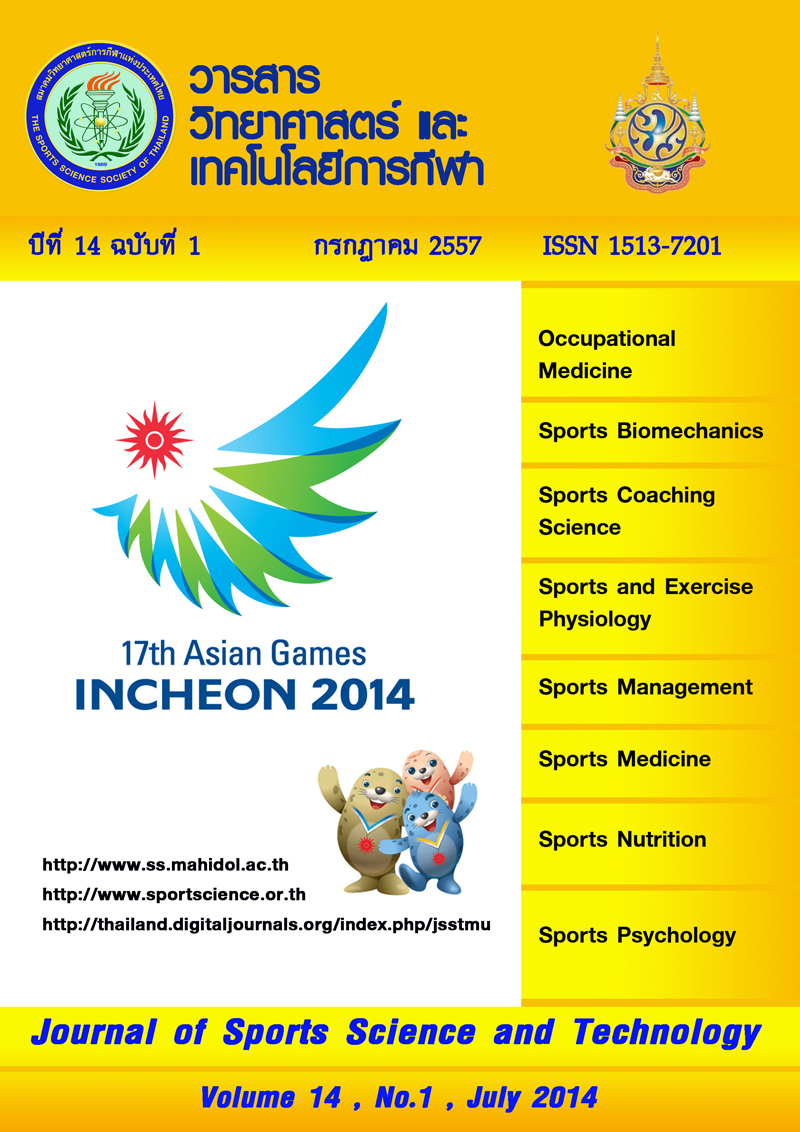ADOLESCENTS’ PHYSICAL ACTIVITY AND ITS RELATIONSHIP WITH SELF-EFFICACY AND SOCIAL NORMS: STRUCTURE EQUATION MODEL
Keywords:
physical activity, self-efficacy, social norms, adolescentsAbstract
The purposes of this study were to examine the predictions of social norms and self-efficacy on adolescents' physical activity and investigate whether self-efficacy mediates the relationship between adolescents’ social norms and physical activities. Participants included 488 students enrolled in 7th to 12th grade (Male: 255, Female: 233, Mage = 15.13, SD = ± 1.56). Three Korean-version questionnaires were used to explore a possible association between self-efficacy and social norms and physical activity among adolescents. Data were analyzed using by crosstab analysis, correlation analysis and multiple regression analysis. Results indicated that only peer norms predicted physical activity rather parents or teachers’ norm. Further, both self-efficacy and social norms predicted physical activity, but self-efficacy accounted more variance. Moreover, both males and females’ self-efficacy fully mediated the relationship between peer norms and physical activity. The findings suggested that when initiating an exercise program for adolescents’ health and fitness practitioners should foster self-efficacy and peer norms as motivational strategies to increase physical activity.(Journal of Sports Science and Technology 2014;14(1): 227 -235)
KEYWORDS: physical activity; self-efficacy; social norms; adolescents
Downloads
Published
2014-08-10
How to Cite
1.
KANG, S, KIM Y. ADOLESCENTS’ PHYSICAL ACTIVITY AND ITS RELATIONSHIP WITH SELF-EFFICACY AND SOCIAL NORMS: STRUCTURE EQUATION MODEL. J Sports Sci Technol [internet]. 2014 Aug. 10 [cited 2025 Dec. 17];14(1):227-35. available from: https://he01.tci-thaijo.org/index.php/JSST/article/view/44105
Issue
Section
Research Article






